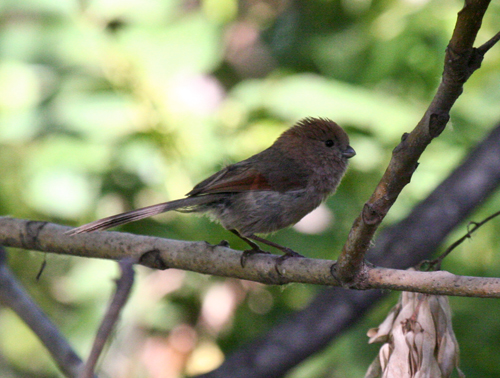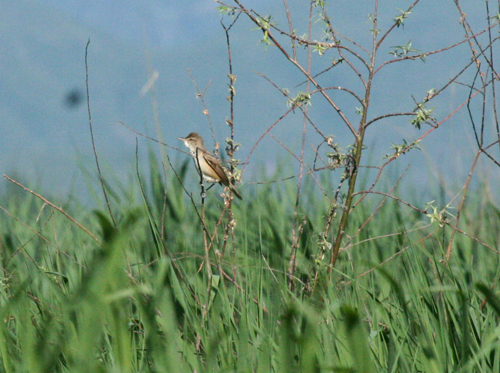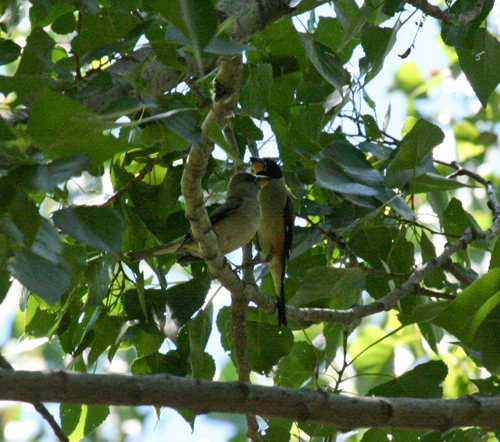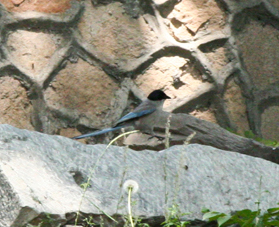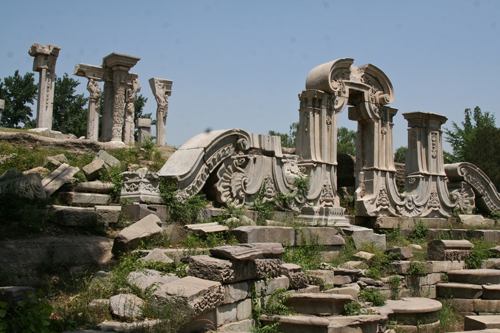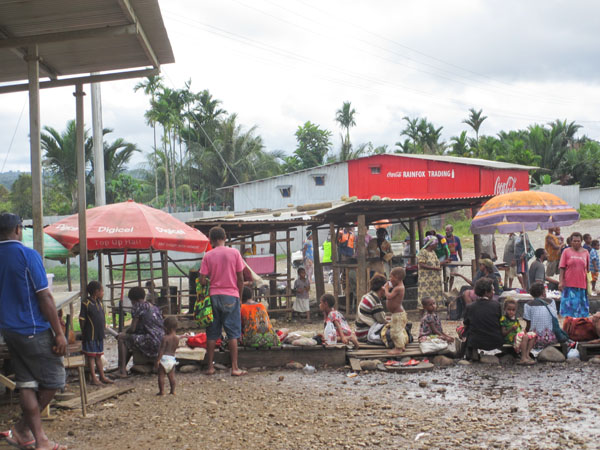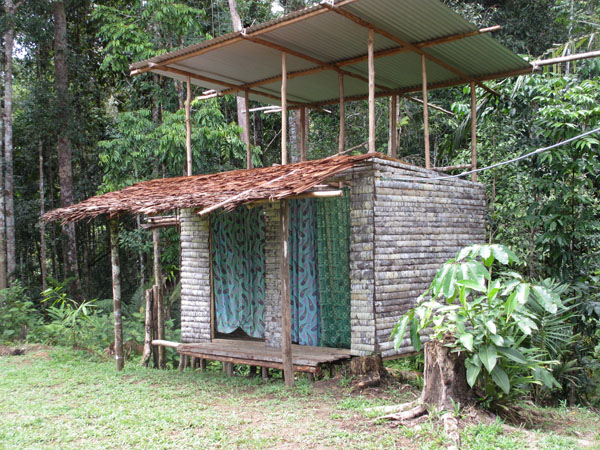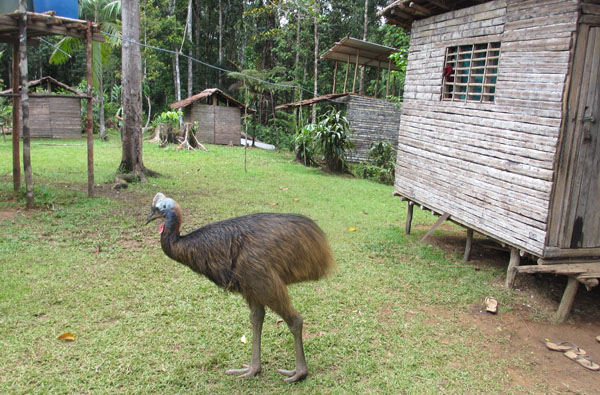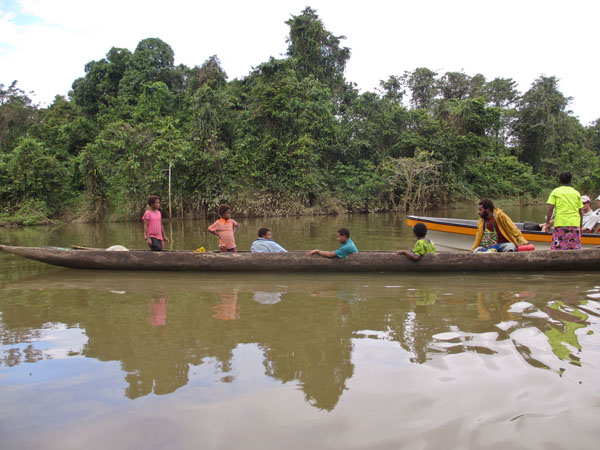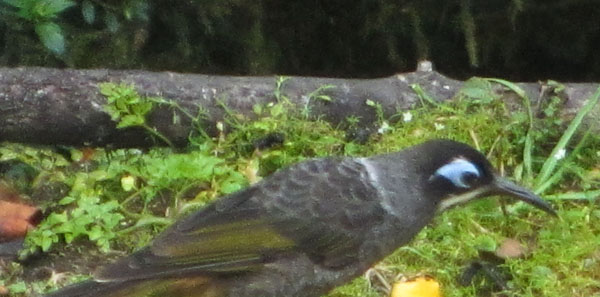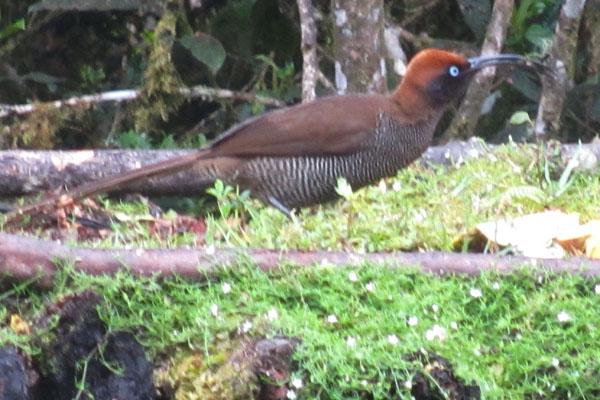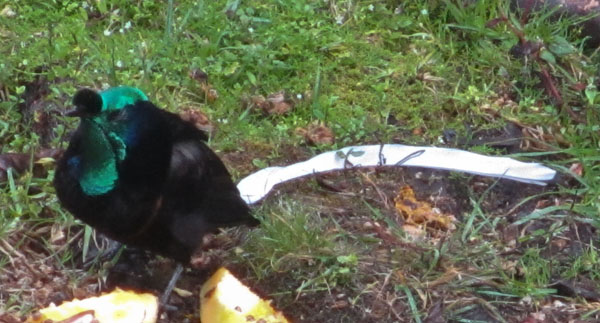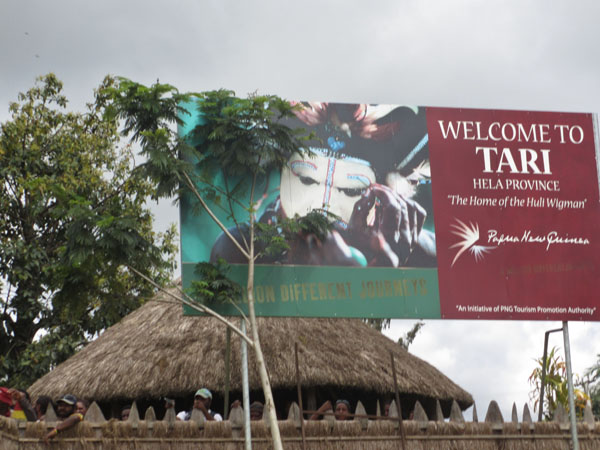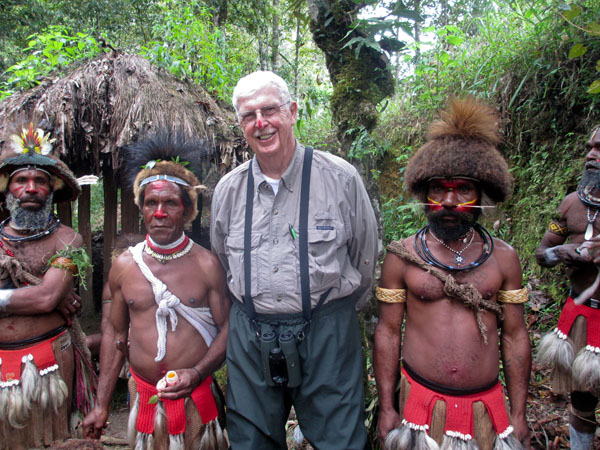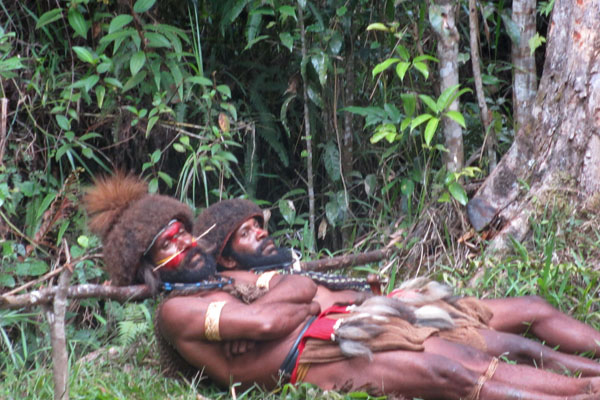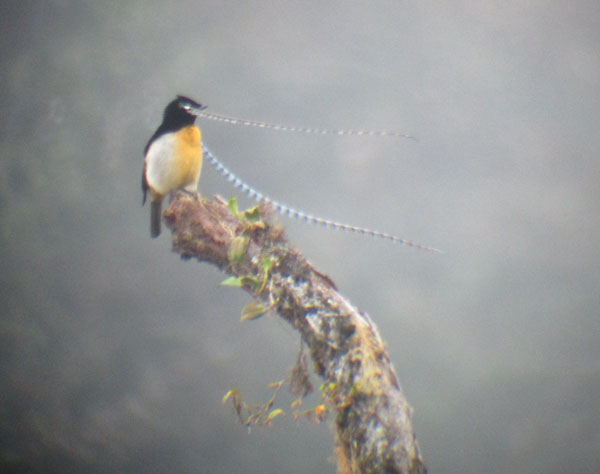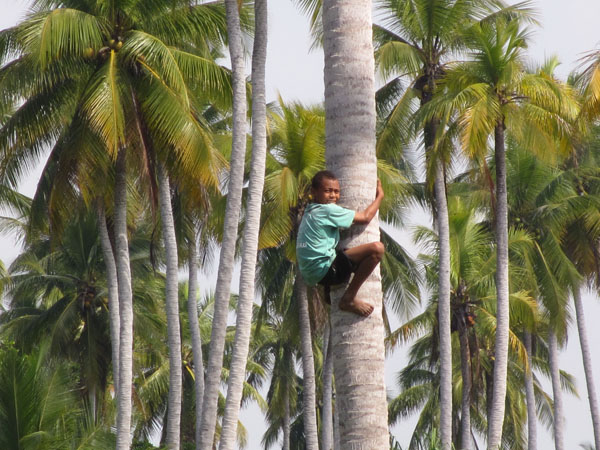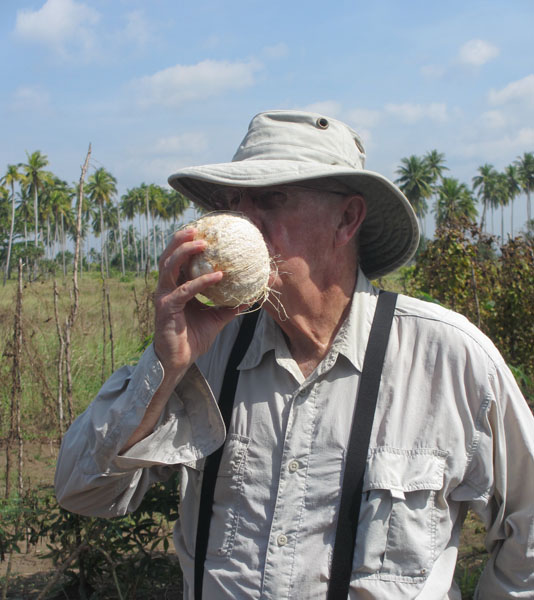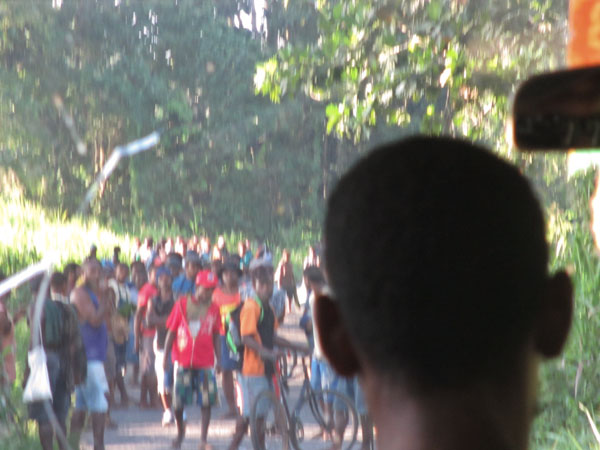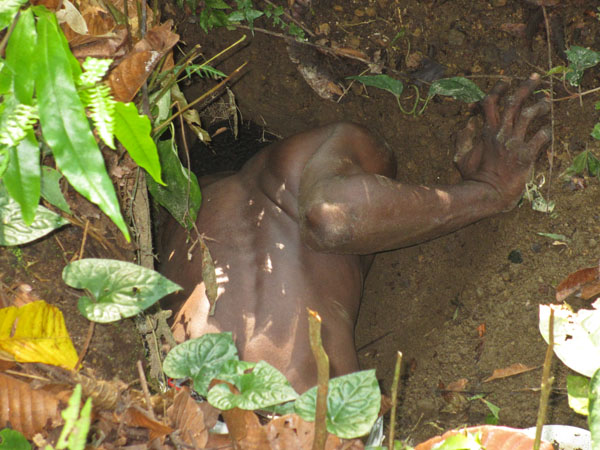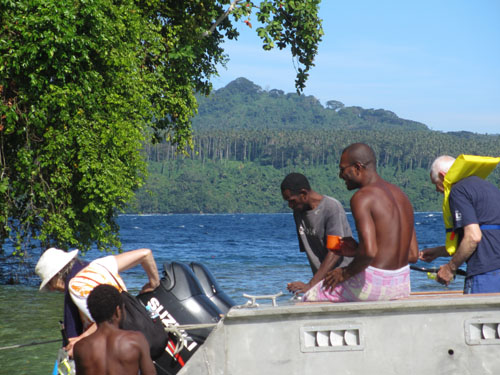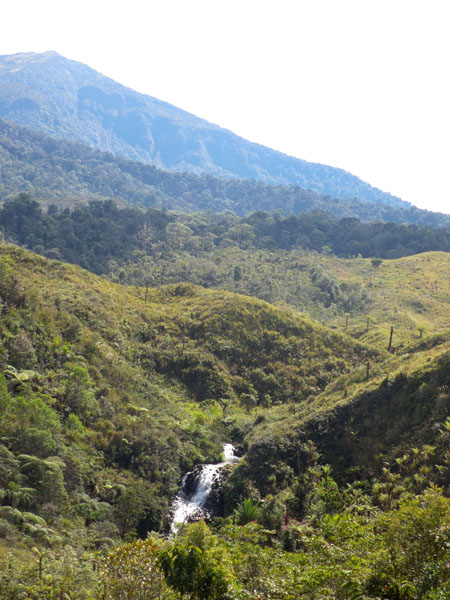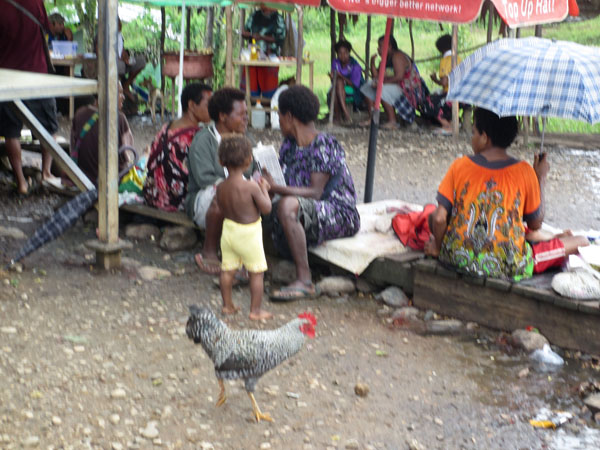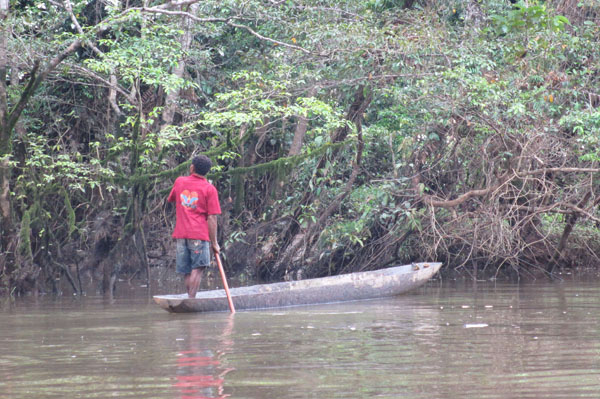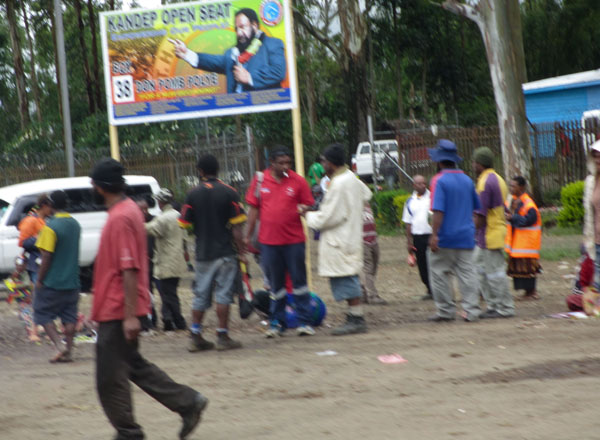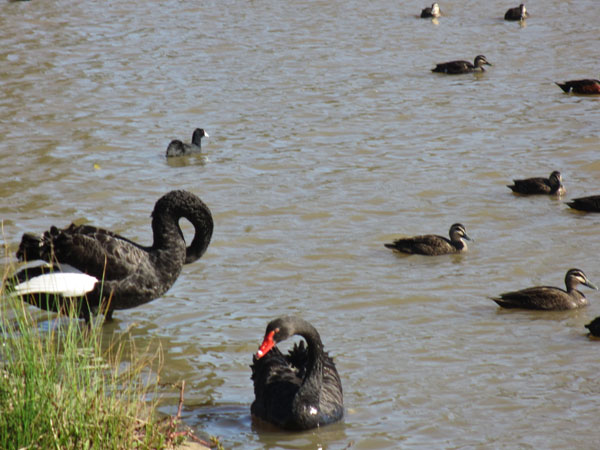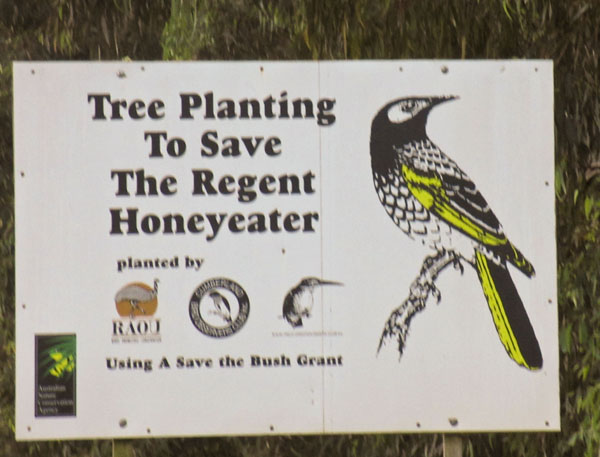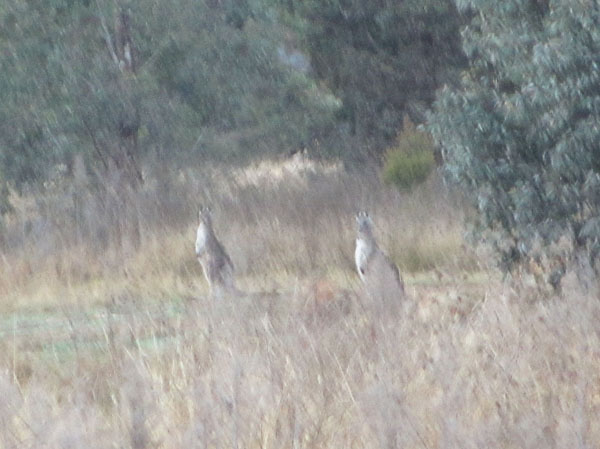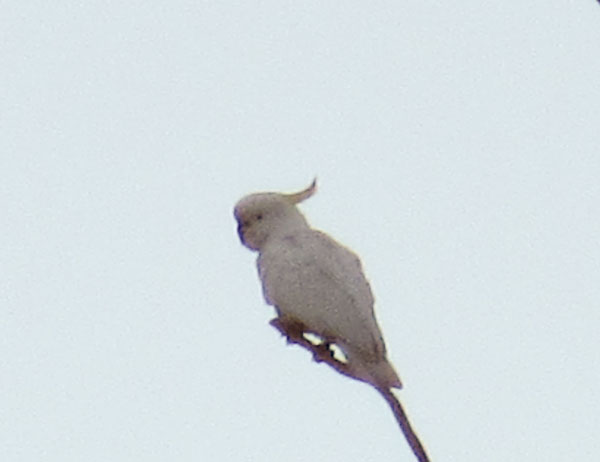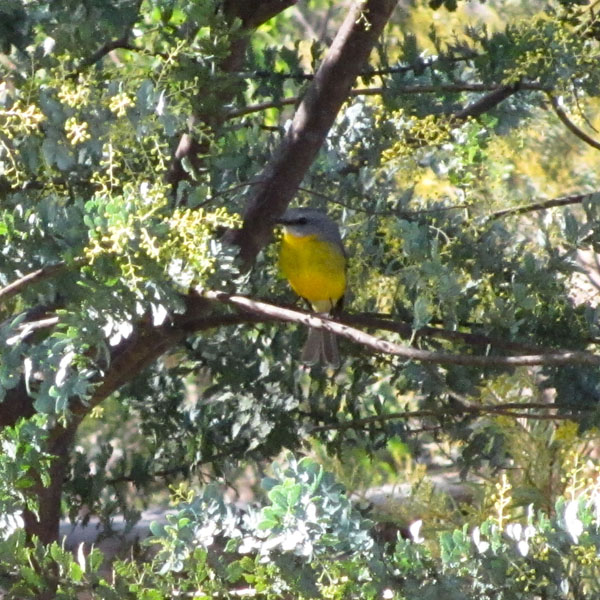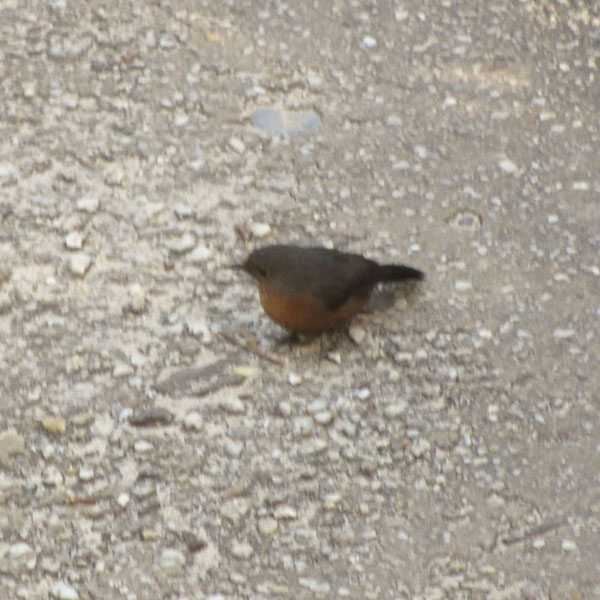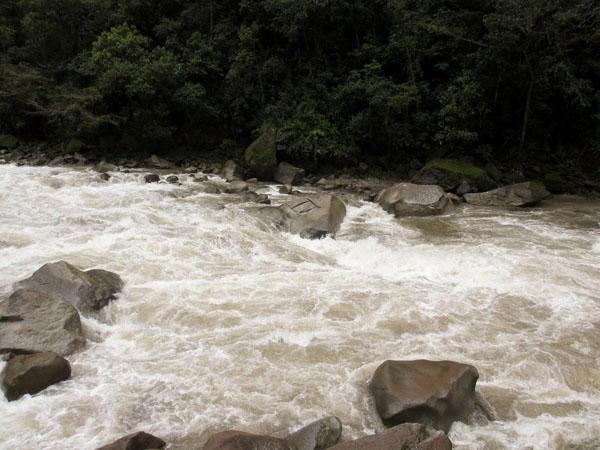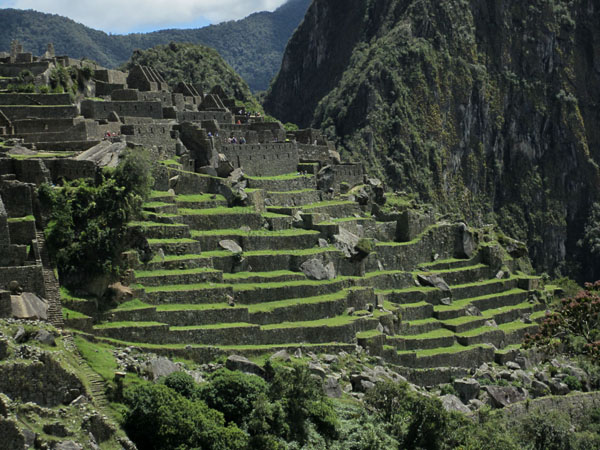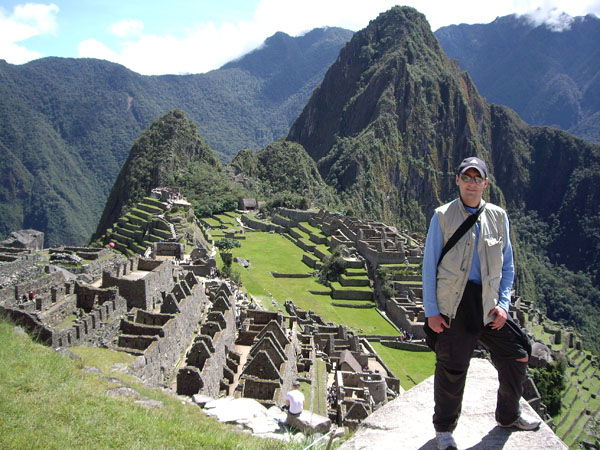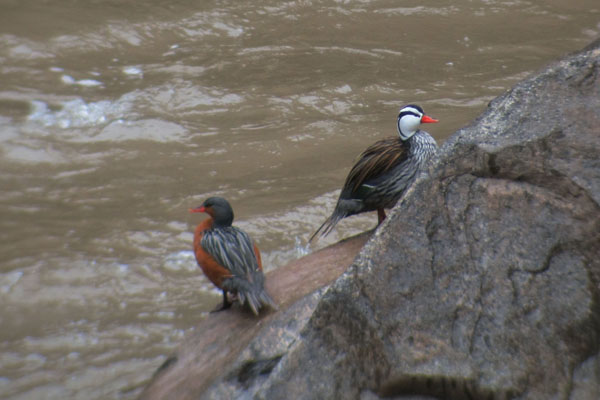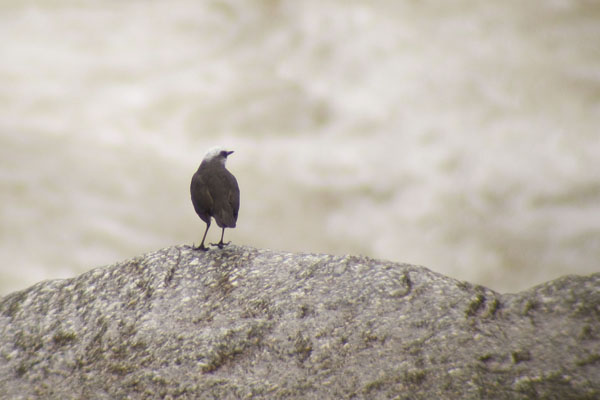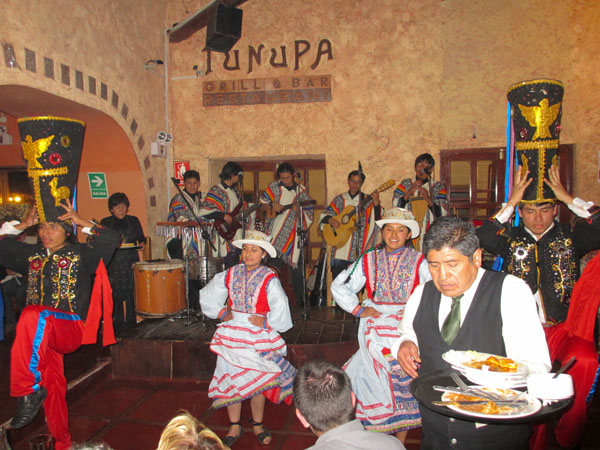The Potala Palace

Michael, our guide, in one of his succinct summaries of the places we visited, described our object of today’s outing as follows:
“Today’s full day tour begins at the 1,000 room Potala Palace, considered the city’s greatest landmark and a pilgrimage site for Tibetans from all over the world. The Palace was built for Tibet’s fifth Dalai Lama in the 17th century and has served as home to all subsequent Dalai Lamas. Opulently decorated with gold, jewels and carvings, it is a wonderful and fascinating place to explore.”
DK Eyewitness Travel elaborates:
“Thirteen stories high, with over a thousand rooms, it was once the residence of Tibet’s chief monk and leader, the Dalai Lama, and therefore the center for both the spiritual and temporal power. These days, after the present Dalai Lama’s escape to India in 1959, it is a vast museum, serving as a reminder of Tibet’s rich and devoutly religious culture, although major political events and religious ceremonies are still held here . The first palace was built by Songtsen Gampo in 631, and this was merged into the larger building that stands today. There are two main sections – the White Palace, built in 1645 under orders from the 5th Dalai Lama, and the Red Palace, completed in 1693.”
What neither of these sources mention is that the climb up the steep hill is a real challenge for some of us.
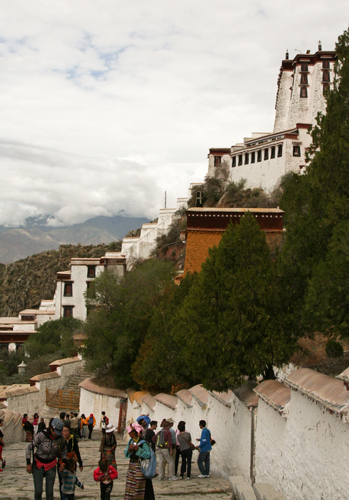
Over 450 steps up at about 13,000 feet altitude just about did me in. Then, of course, one must descend. With the help of my trusty walking stick, and strategic pauses, I made it in good shape. The only avian distractions were multitudes of Himalayan Swiftlets that nest in the upper reaches of the Palace and a few Hill Pigeons, easily mistaken for Rock Pigeons unless the tail band is noted.
Many pilgrims accompanied us on the climb up and down. Upon our return to the base we drove a short distance for lunch. Yak. It was excellent.
In the afternoon we went to Norbulingka, the splendid summer palace of the Dalai Lamas.

While the rest of the group explored the Palace, I found solace on the grounds, described thusly by DK Eyewitness Travel China:
“Today a pleasantly scrubby park, the Norbulingka (Jewel Park) was once the summer palace of the Dalai Lamas. Founded by the 7th Dalai Lama in 1755 and expanded by his successors, the park contains several palaces, chapels, and buildings, and is a charming place for a leisurely afternoon visit.”
This gave me the best opportunity since the first day in China to go birding, and I took advantage of it. Because Barbara was exploring the buildings for most of the visit rather than acting as my spotter and photographer, no pictures will grace the narrative.
Among the surprisingly numerous birds in the park were Great Tits (no chuckles, you non-birders, that is the name); surprising and quite beautiful Derbyan Parakeets, including pairs feeding their young; a lovely little Short-billed Minivet, Bar-headed Geese (captives, of course), numerous and vocal Oriental Turtle Doves, Brown-cheeked Laughing Thrushes, Eurasian Blackbirds, and the ever-present Eurasian Tree Sparrows.
The rest of the group finished their tour of the buildings and joined me for a quick report on what birds I had found. They all wanted to return to the hotel, but I wanted to stay and continue birding, so they left and I stayed at the park until about 5:30, closing time. Michael had shown me where to get a taxi and I went there, but for reasons unknown to me, none of the drivers would take me to the hotel. I kept flagging them down and about 20 stopped to pick me up, but when they saw where I wanted to go, they shook their heads and drove away. Finally sometime around 6:00 a young guy with two Tibetan passengers stopped for me and they all welcomed me. The reason for the rejections may have been that when we got near the hotel, the roads were all blocked off and we had to take a very long and winding back street approach to the hotel. Barbara was a bit concerned, and I must admit I was too, after the first few taxi rejections. A mystery unsolved.
Tomorrow we head off for the airport and the flight to Chongqing. This chance to see Lhasa and Tibet was one of the best experiences of my travels anywhere.

